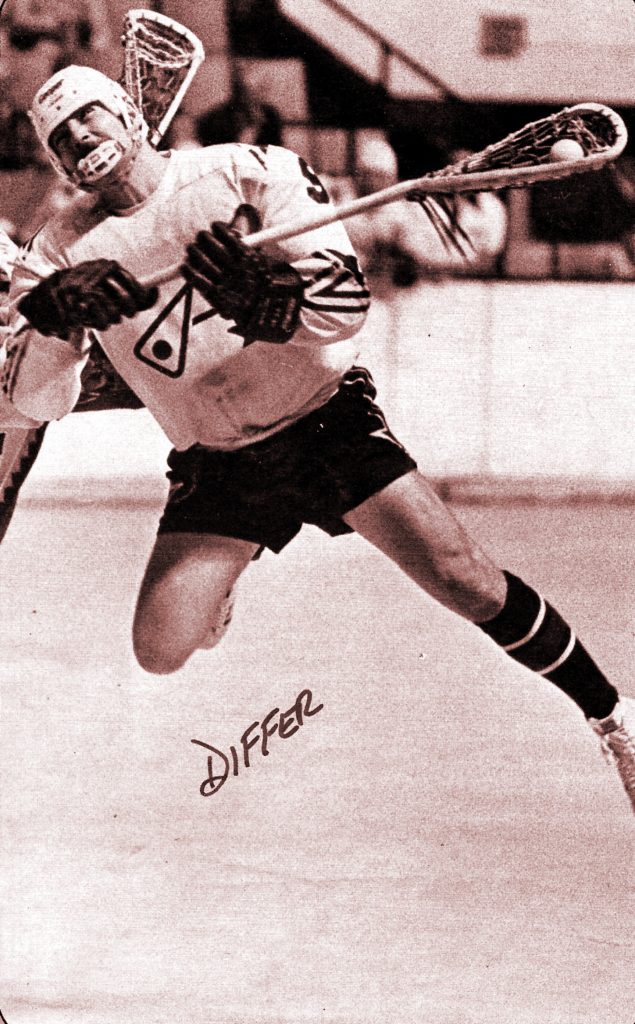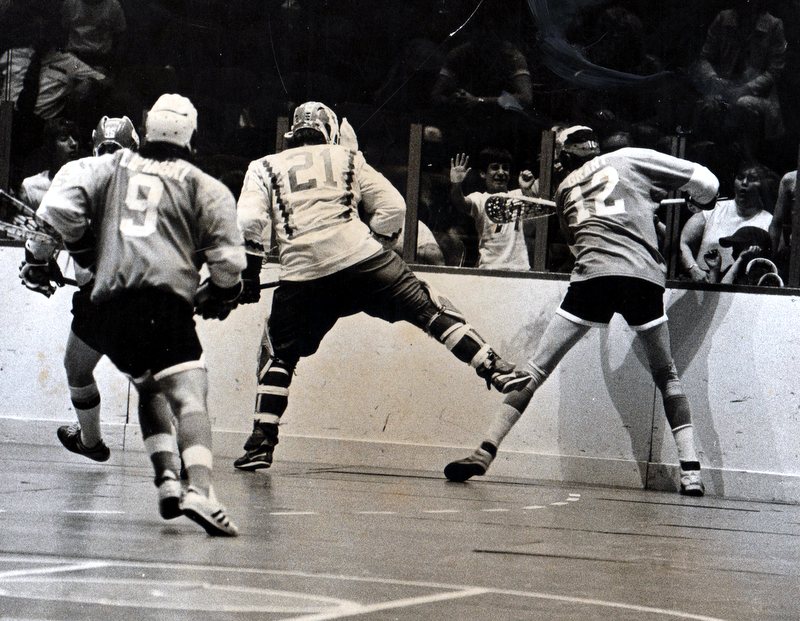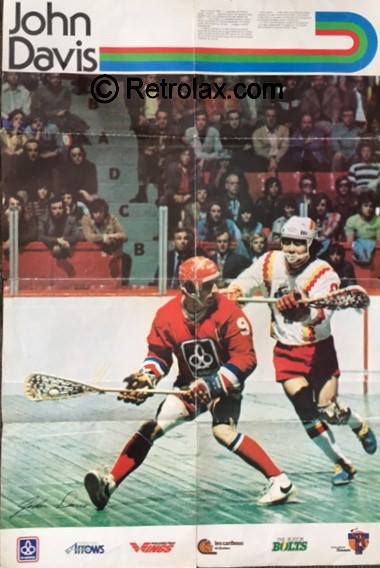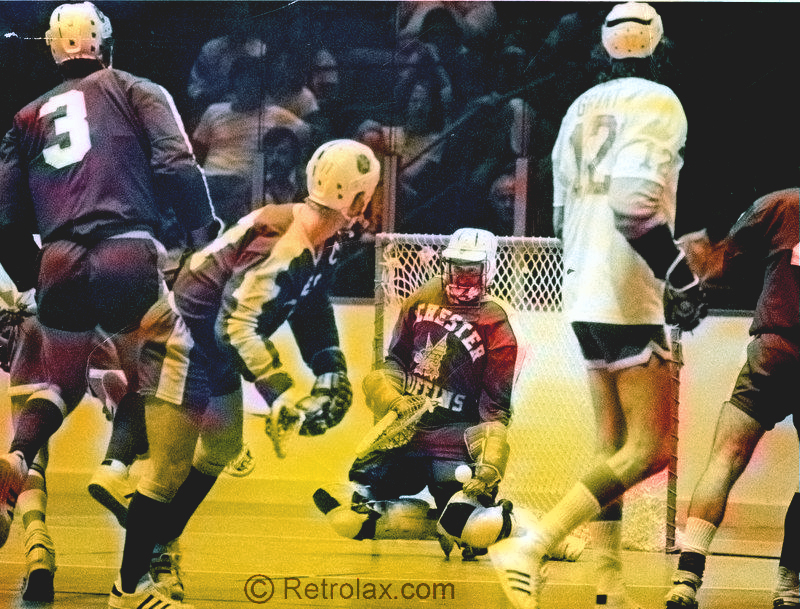
Despite some growing pains in its first year of operation, the National Lacrosse League hasn’t been content to sit still. While Rochester Griffins, Syracuse Stingers, Maryland Arrows, Philadelphia Wings, Toronto Tomahawks and Montreal Quebecois prepare to head down the homestretch of the initial schedule, already plans are afoot to add more teams to the NLL in 1975, including the highly lucrative New York City market.
The NLL powers have already honed in on the 15,000-plus seat Nassau County Coliseum on Long Island, the home of the National Hockey League Islanders as well as the American Basketball Association champion New York Nets. It’s an ideal area, drawing from millions and millions who have never seen lacrosse, and, because of the sport’s heavy contact and fast actiont it should go over since New Yorkers like their sports rough and tough. Also besides drawing the spectators into Nassau County Coliseum, there’s i a highly sophisticated sports television market to be tapped.
Another prime area for expansion in 1975 will be Cincinnati and the Buffalo area, which has two suitable buildings begging for league usage. And one can’t count out Boston, where a number of prospective franchise holders have kept in close contact with the league brass.
“There will be a 12-team league within three years,” ad- mitted Jim Bishop, the knowledgeable general manager- coach of the Toronto Tomahawks. “And these will be all in the east. ” However, expansion to the Pacific side of the continent has been far from excluded. “I really believe there will be 16 teams within five years and some franchises on the West Coast.” They’ll likely include Los Angeles, Vancouver, Seattle and San Francisco.

Of course, the NLL is in a very unique position concerning expansion, for the league won’t necessarily have to drain the present clubs. “Since we don’t have ALL the top playing talent in North America, therefore expansion, whether it’s one or two or more teams in 1975, isn’t going to feed off the present teams as in other major sports,” said Bishop. “I think there are a lot of players from the west coast, at least a team and a half and maybe two full teams, which are good enough to play in this league. “
Bishop pointed out, the other day, that Americans have also made the transition from field lacrosse to box lacrosse. “We have Americans who play every night in the Tomahawks’ lineup and they’re not there just because they happen to be Americans.” One of Bishop’s proteges has been Peter Graham, a one- time linebacker from a small U.S. college. “He’s worked very, very hard to make the transition, but he’s just a big plus for us now.”
Two areas in which the NLL has been a distinct improvement over past attempts to put pro lacrosse on a marketable basis have been
1. team professionalism and
2. the personnel.
Concerning team professionalism, each club now works out a disciplined basis. For example, the Tomahawks work out every night for two hours as well as a second practice for those not fully em- ployed for two hours during the day time. It’s a much heavier practice schedule than was ever possible in the past. The NLL also has a high calibre of play, since the league has the pick of all those who were playing, in addition to some of those who weren’t playing because it wasn’t feasible. Bishop also pointed out that the NLL also has been flooded by graduates of the Golden Era of junior lacrosse. “We’re getting the best from the Oshawa Golden Gaels, Lakeshore Maple Leafs, Brampton, Mimico and Etobicoke from four or five years ago — which was the Golden Era. “
Besides expansion, a foreseen rise in the calibre of play, a major television contract doesn’t seem like a dream. With the excitement of the product on the floor, it’s a sport seemingly tailored for TV. All that’s needed is to make the ball easier to be seen on TV. The NLL “brains” are working on that right now.






